Tesla just reported another bruising quarter — and Elon Musk’s foray into far-right politics might be the biggest factor dragging the brand down.
On Wednesday, the electric vehicle giant revealed that revenue fell 12% and profits dropped 16% between April and June. That marks the third consecutive quarter of falling profits, as Tesla continues to grapple with boycotts and a bruised public image.
Quarterly profits slid to $1.17 billion, or 33 cents a share, down from $1.4 billion (40 cents per share) a year ago. Adjusted earnings came in at 40 cents a share — enough to match Wall Street expectations, but still a far cry from Tesla’s high-flying days.
Revenue dropped to $22.5 billion, down from $25.5 billion — slightly better than analysts predicted, but not enough to ease concerns. Tesla’s stock dipped 3% in after-hours trading.On the company’s earnings call, Musk largely sidestepped sagging sales, instead doubling down on his obsession: robotaxis, automation, and humanoid robots.
But that shift comes at a time when buyers — both in the US and overseas — are actively turning away from the Tesla brand. Musk’s public flirtation with far-right politicians across Europe has alienated key markets like the UK, France, and Germany. Meanwhile, competitors like BYD and Volkswagen are swooping in to snatch up Tesla’s lost market share.
Tesla launched its paid robotaxi pilot in Austin, Texas, in June and hopes to expand to more cities soon. Musk claims the service will be available to “half of the population of the U.S. by the end of the year,” pending regulatory approval.
“We are being very cautious. We don’t want to take any chances,” he said — even though a few robotaxis already have, like the one that cruised down a lane for oncoming traffic.
Still, Musk dreams big: he wants “hundreds of thousands” of robotaxis on American roads by the end of 2026. But rival Waymo is far ahead, already operating in several cities with over ten million paid rides logged.
Outside of tech ambitions, Tesla faces hard policy headwinds. A new federal budget just gutted a $7,500 EV tax credit and also scrapped penalties for automakers who miss emissions targets. That undercuts one of Tesla’s big side hustles — selling “carbon credits” to dirtier car companies.
Those credits brought in $439 million last quarter — less than half of the $890 million from a year ago.
“We’re in this weird transition period where we’ll lose a lot of incentives in the U.S.,” Musk admitted.
He warned that the next few quarters will likely be rough. Still, he insisted Tesla’s future will shine — “once you get to autonomy at scale in the second half of next year.
”To weather the storm, Tesla plans to release a lower-cost model by year’s end — though it had previously promised that launch by June.
Musk also said Tesla hopes to get regulatory approval for its so-called Full Self-Driving software in parts of Europe by December. That’s another delay — the original deadline was March. And the name is misleading: the feature is really just a driver-assistance tool.
In the robotics arena, Musk claimed Tesla will scale up production of its humanoid Optimus bots to 100,000 units a month… five years from now.
“We’ll go from a world where robots are rare to where they’re so common that you don’t even look up,” he said.
As for his grip on the company? Musk, who currently holds a 13% stake, said he’d like “more — but not too much.”
“I think my control over Tesla should be enough to ensure that it goes in a good direction,” he said, “but not so much control that I can’t be thrown out if I go crazy.”
With input from The AP News
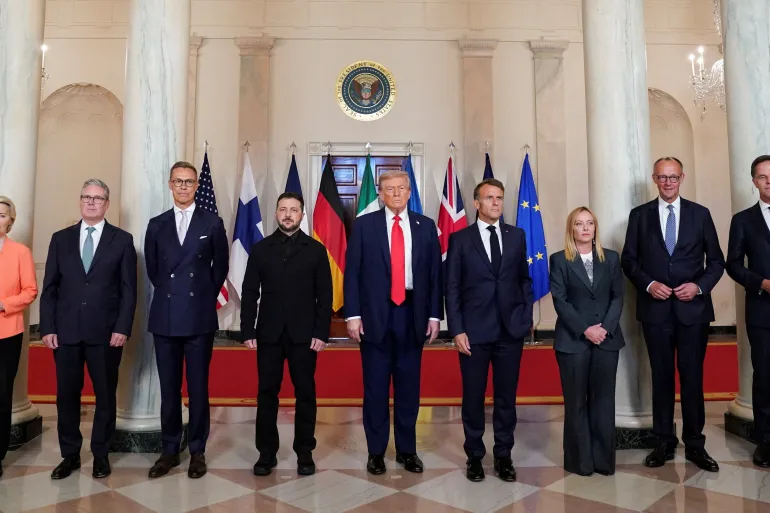
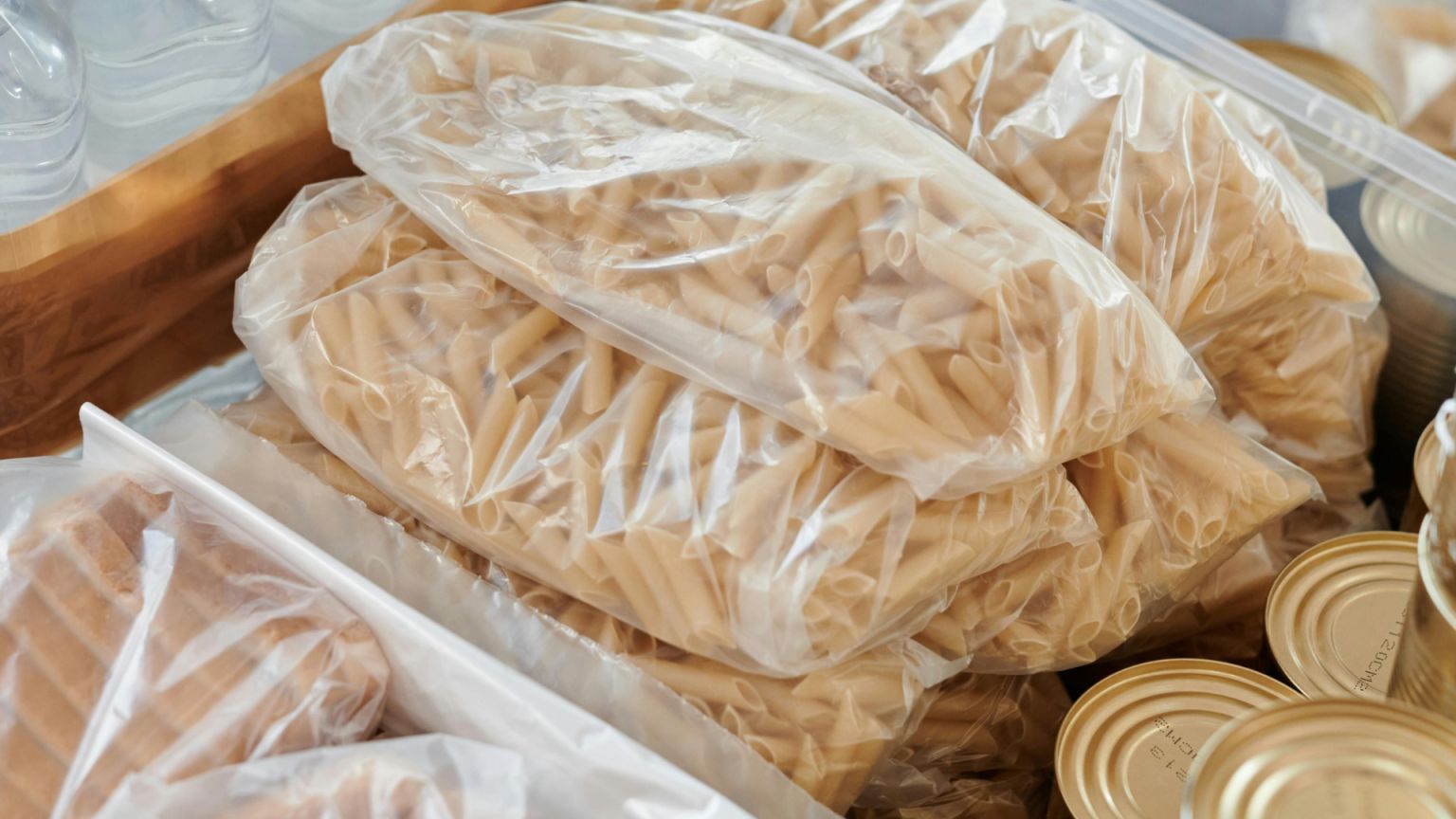
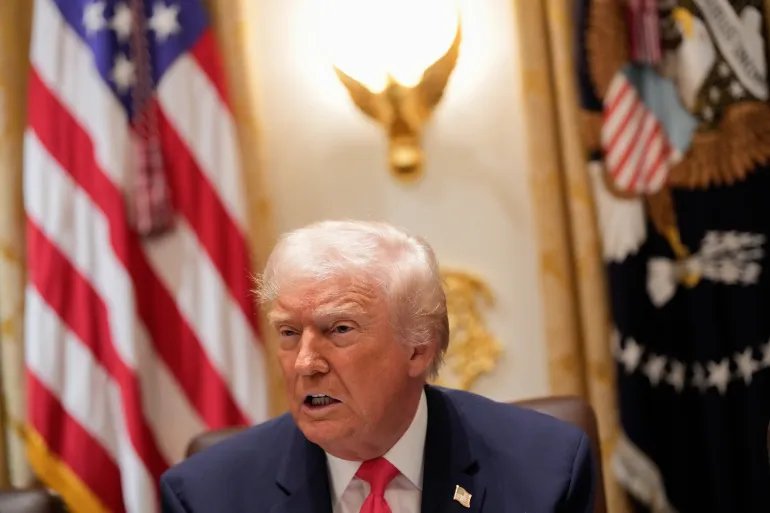
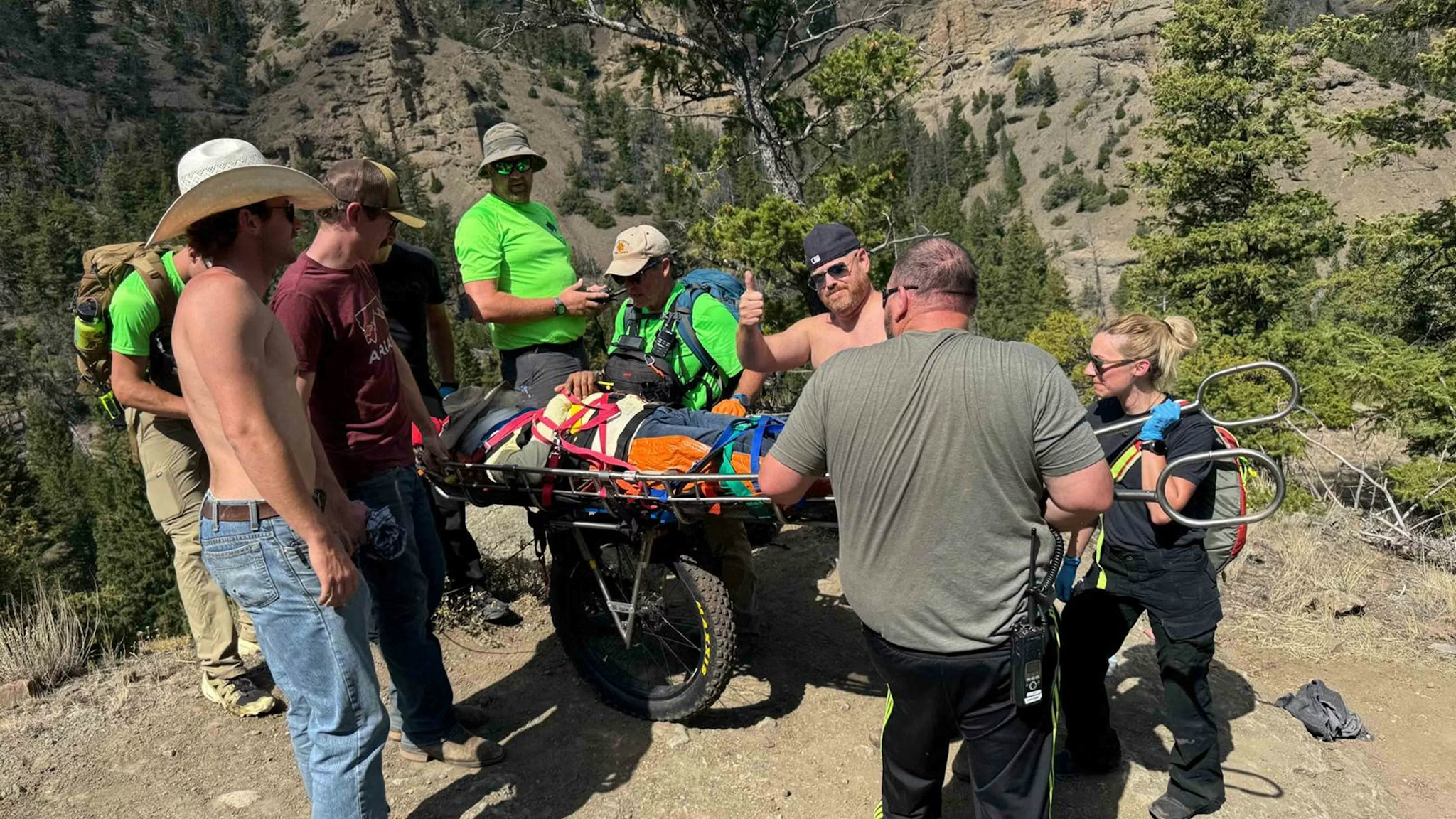
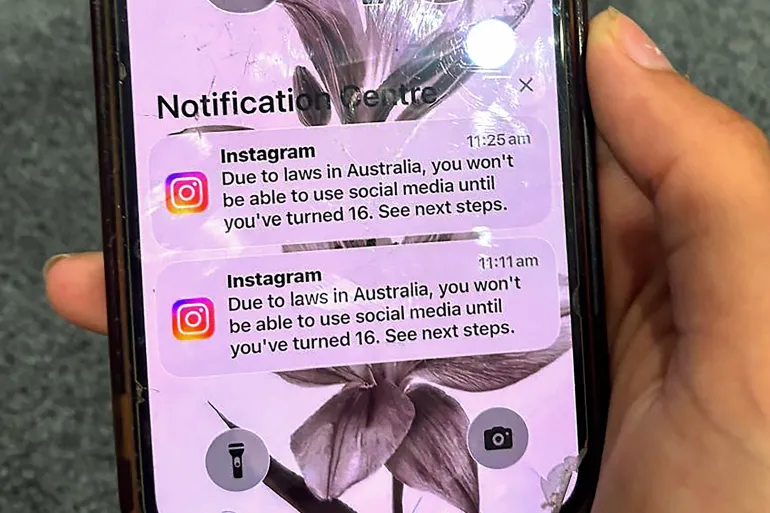
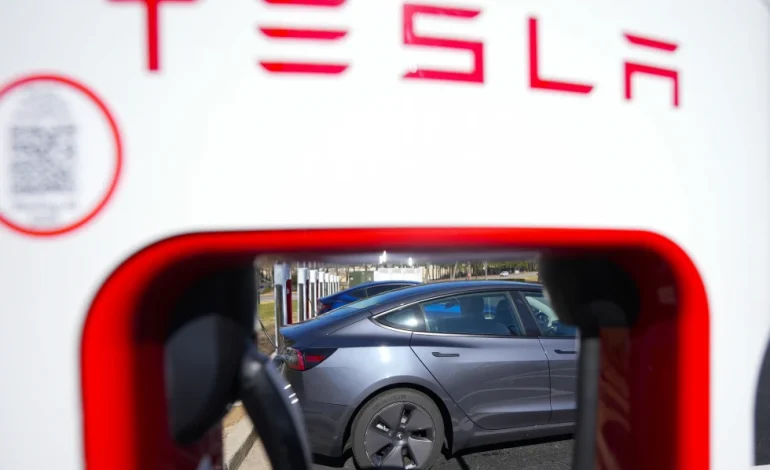


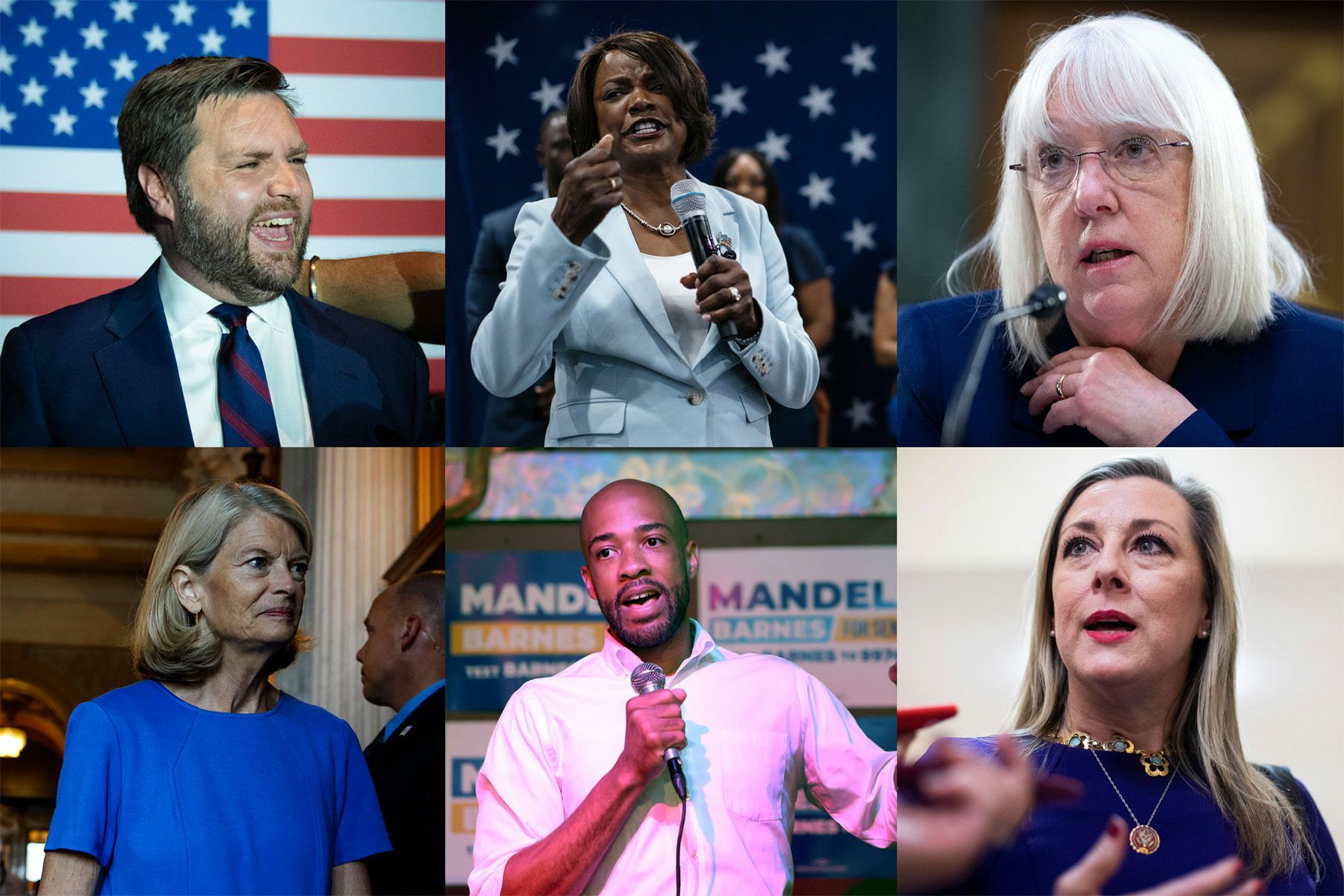
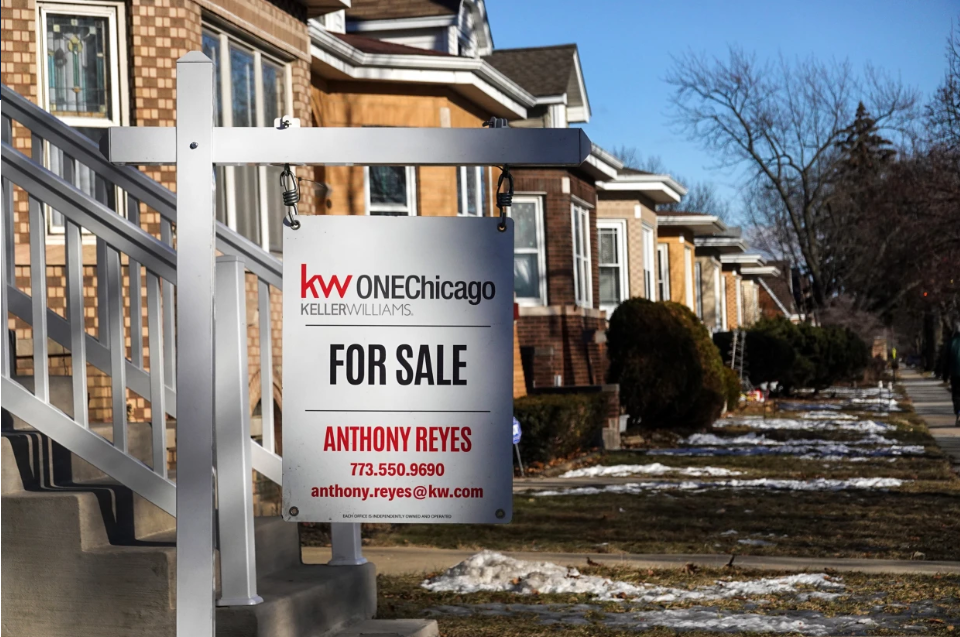
The latest news in your social feeds
Subscribe to our social media platforms to stay tuned